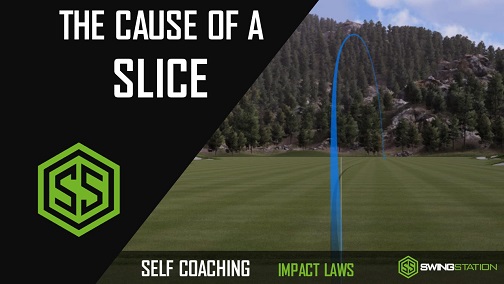What is S – Posture?
How to check your posture
S-Posture is a swing characteristic caused by the player creating too much arch in their lower back while in the set-up position. This excessive curvature in the lower back puts a tremendous amount of stress on the muscles in the lower back and causes the abdominal muscles to relax. The relaxation of the core muscles can cause a loss of posture or a reverse spine angle during the backswing. As a result, the lower body is put out of position on the downswing and will affect the swing’s sequence of motion.
What TPI have to say about S – Posture:
The S-Posture is created by having too much arch in the lower back and can be the result of sticking your tail bone out too far or by having a Lower Crossed Syndrome (muscle imbalances around the core area). S-Posture causes are as follows:
- Lower Crossed Syndrome – tightness in the hip flexors and lower back and weakness in the abdominals and glutes.
- Student does not understand how to bend from the hips to setup to the golf ball.
- Student has been told to stick their butt out to create more room for their arms on the downswing.
- Lack of abdominal strength or relaxing the abdominal musculature.
- Too much flex in the knees with the torso to upright.
If you suffer from S-Posture, focus on articles and tips based on:
Posture
Pelvic Angle
For a page dedicated to S–Posture with fixes & drills visit: [button style=”Small blue rounded” link=”https://swingstation.com/s-posture/” ]Click Here[/button]
Transcript
The S posture, swing fault or address fault. This is where there’s too much curvature in the lower back. A simple way to test if you’ve got S posture is hold your golf club so it’s touching your tailbone, and then the middle of your back. If there’s too much gap between the club shaft and your lower back, you’re probably an S posture. A very common swing fault we’ll see with S posture is where the upper body will reverse towards the target at the top of the back swing. This makes the correct down swing sequence very difficult.




